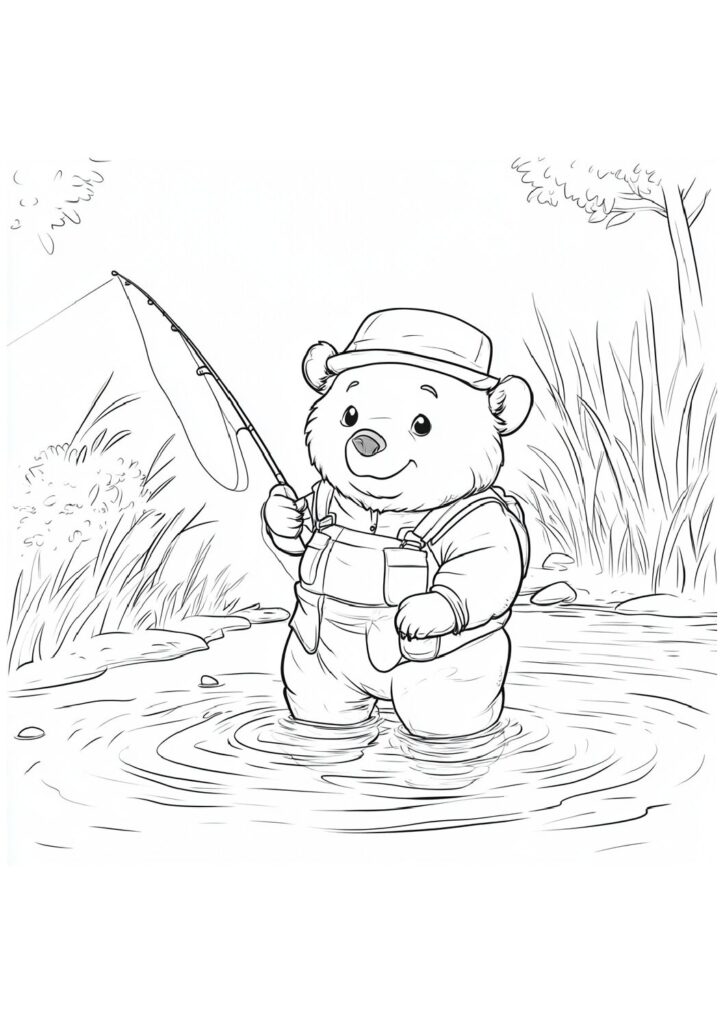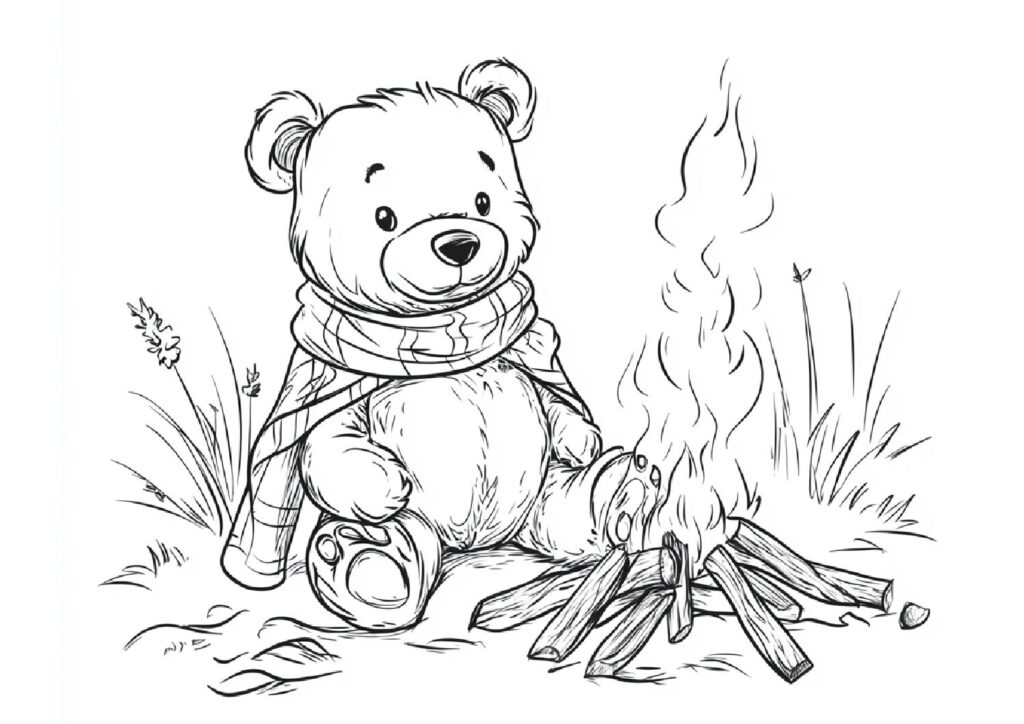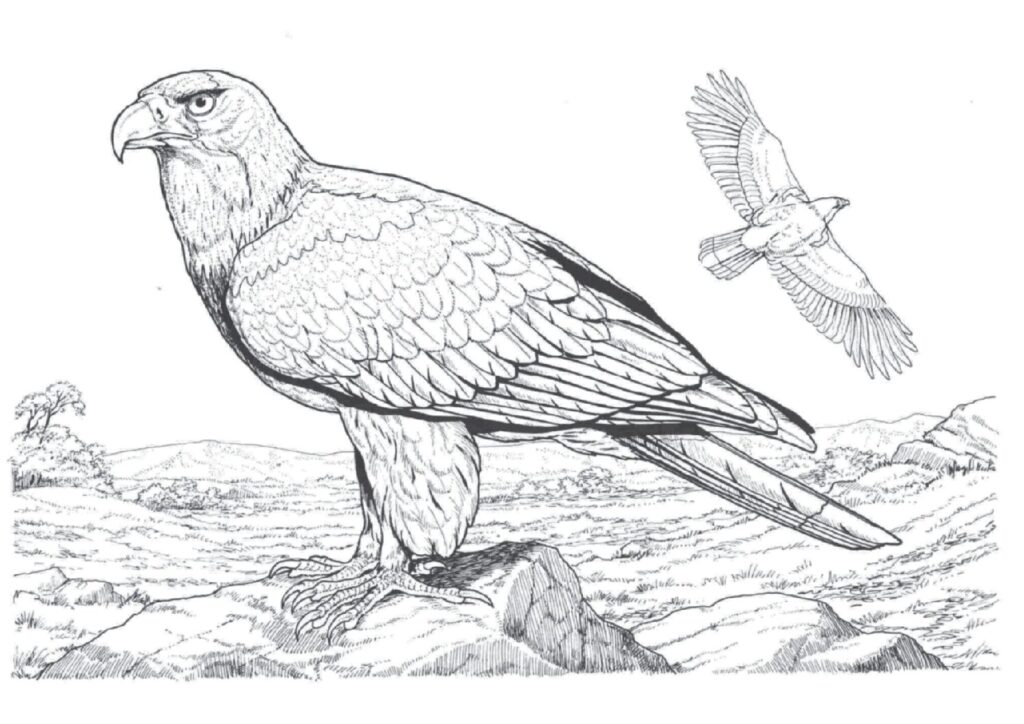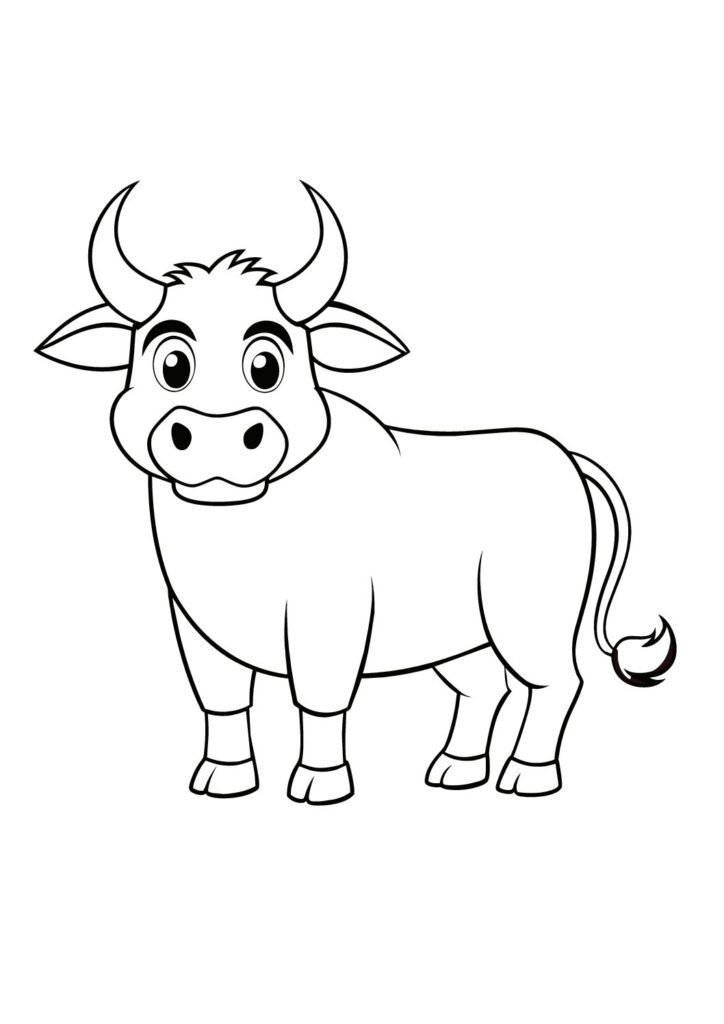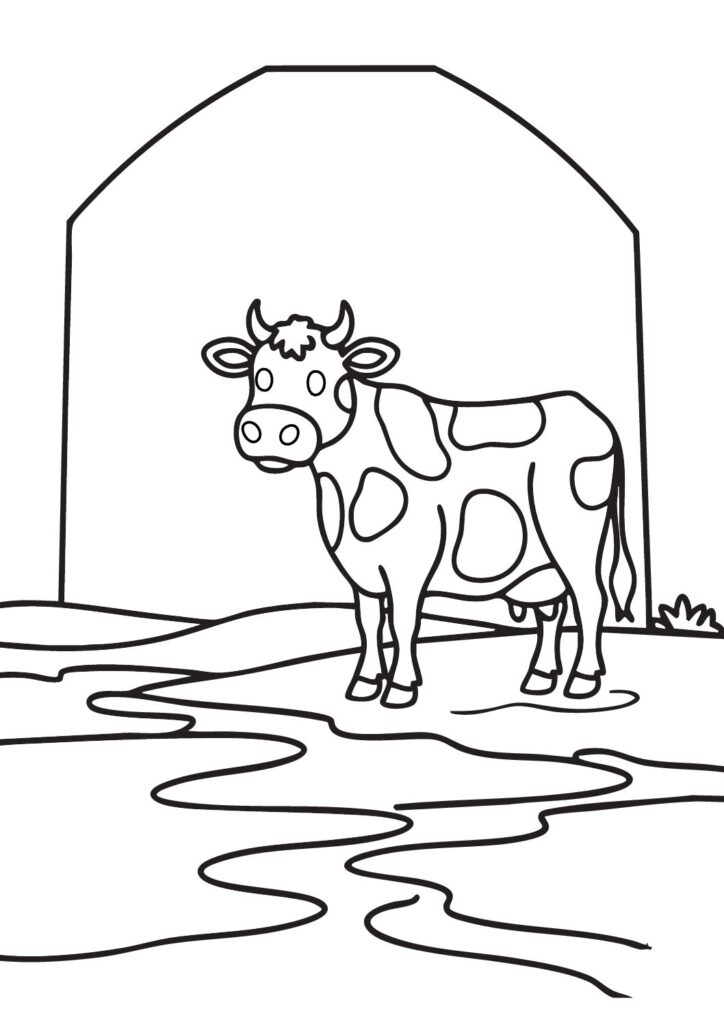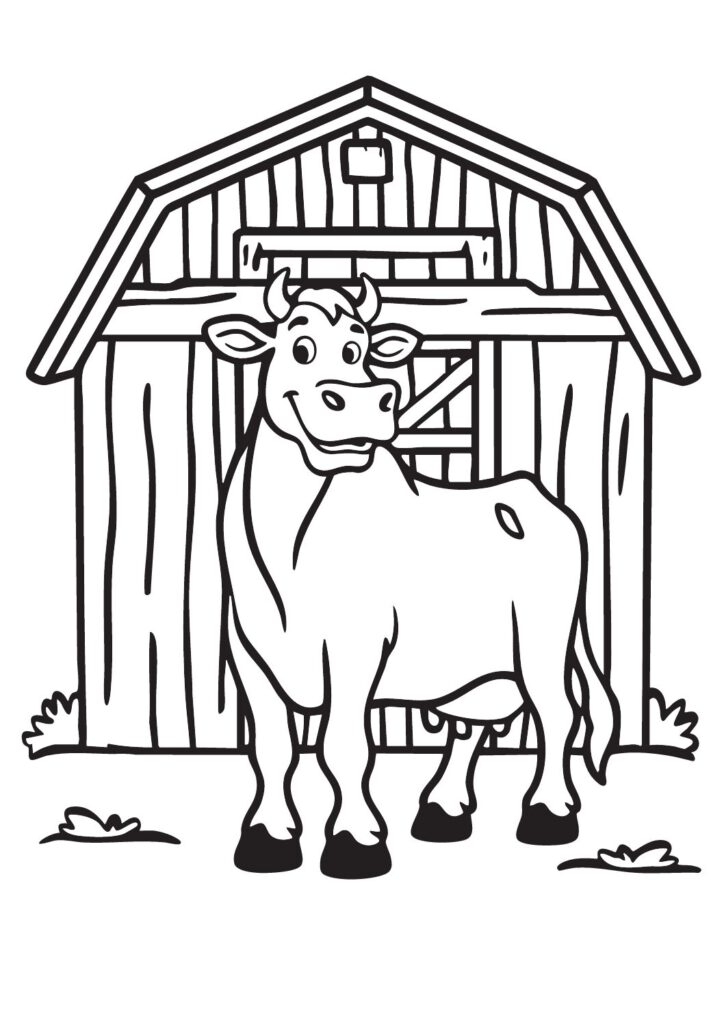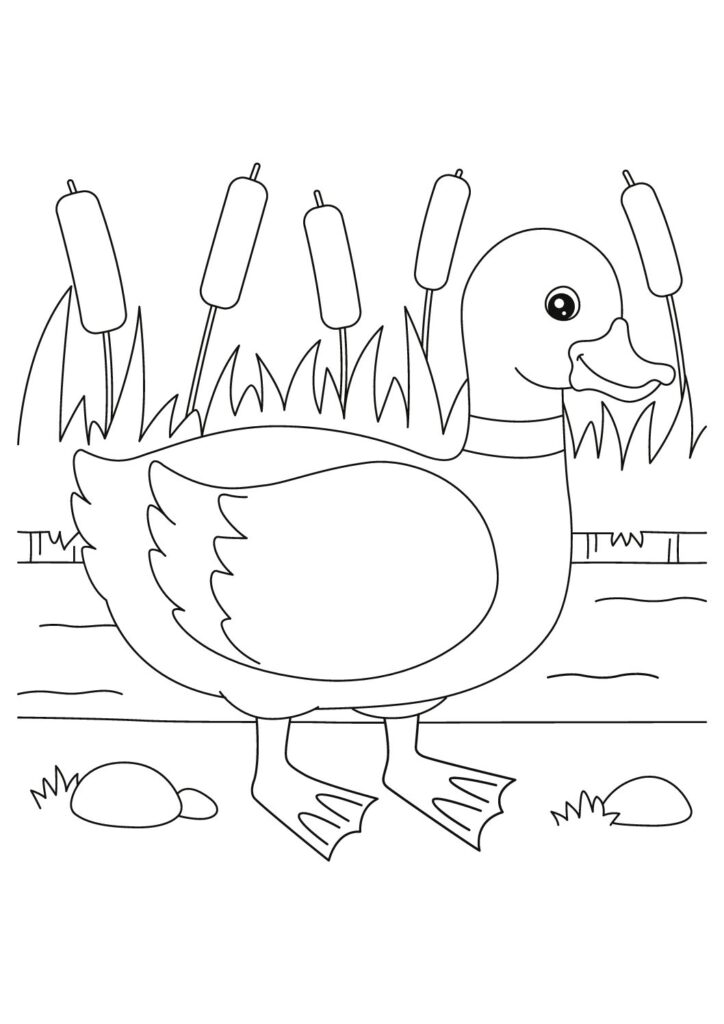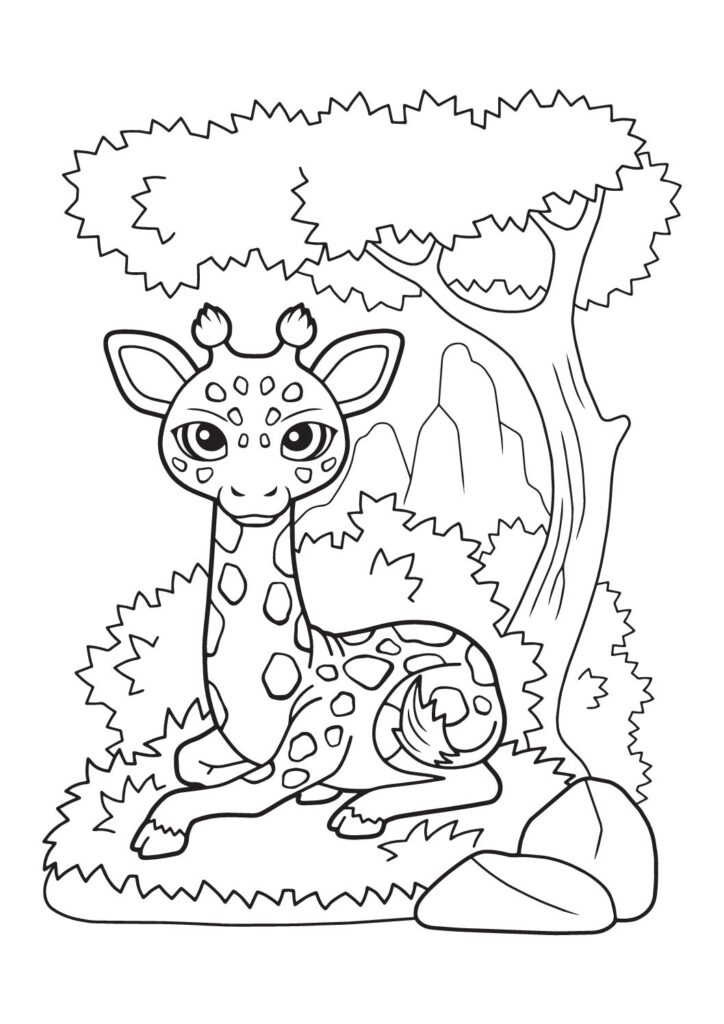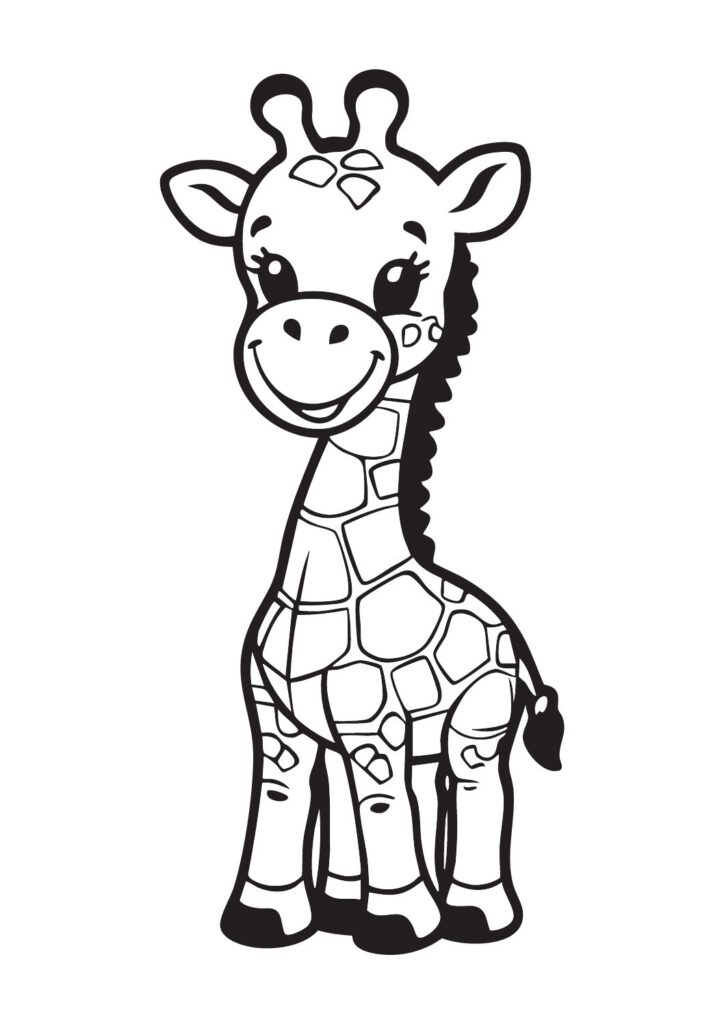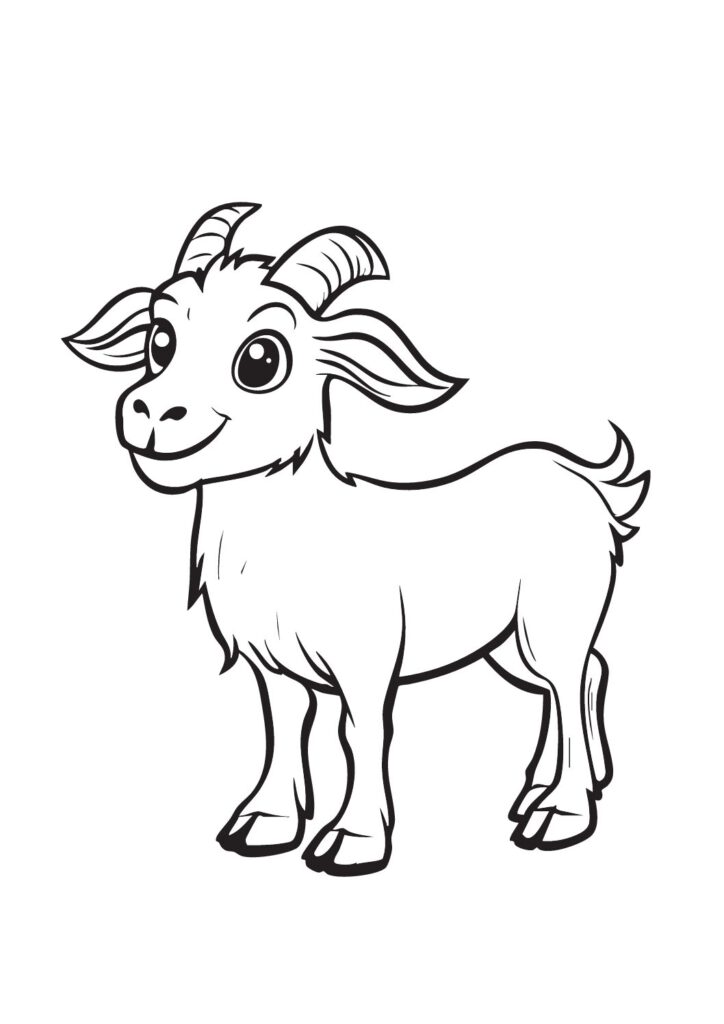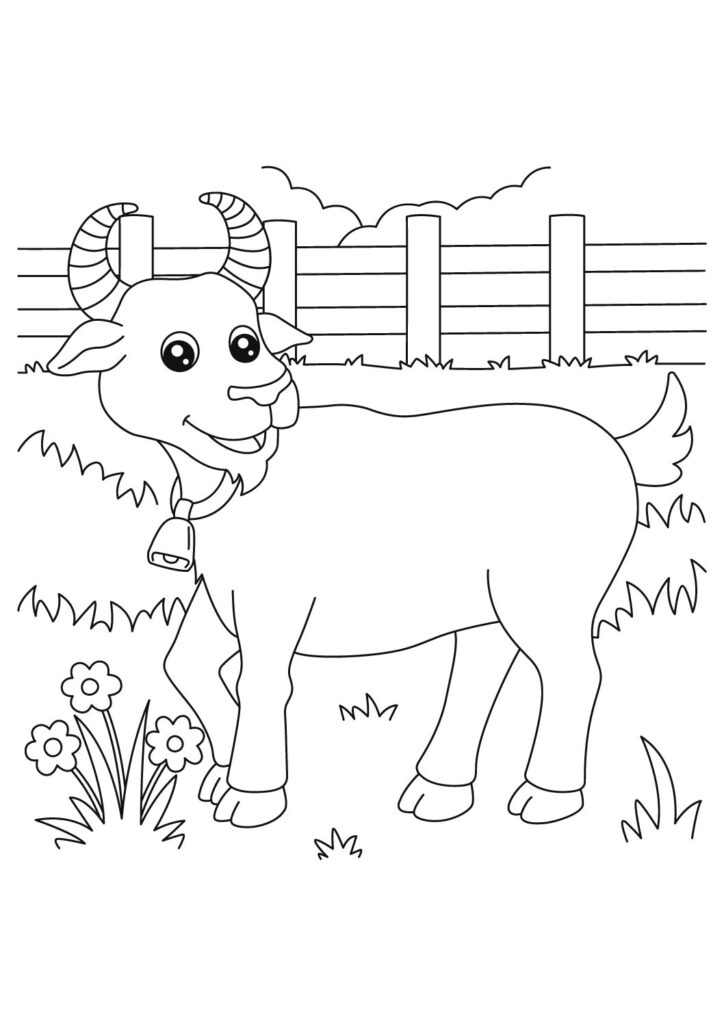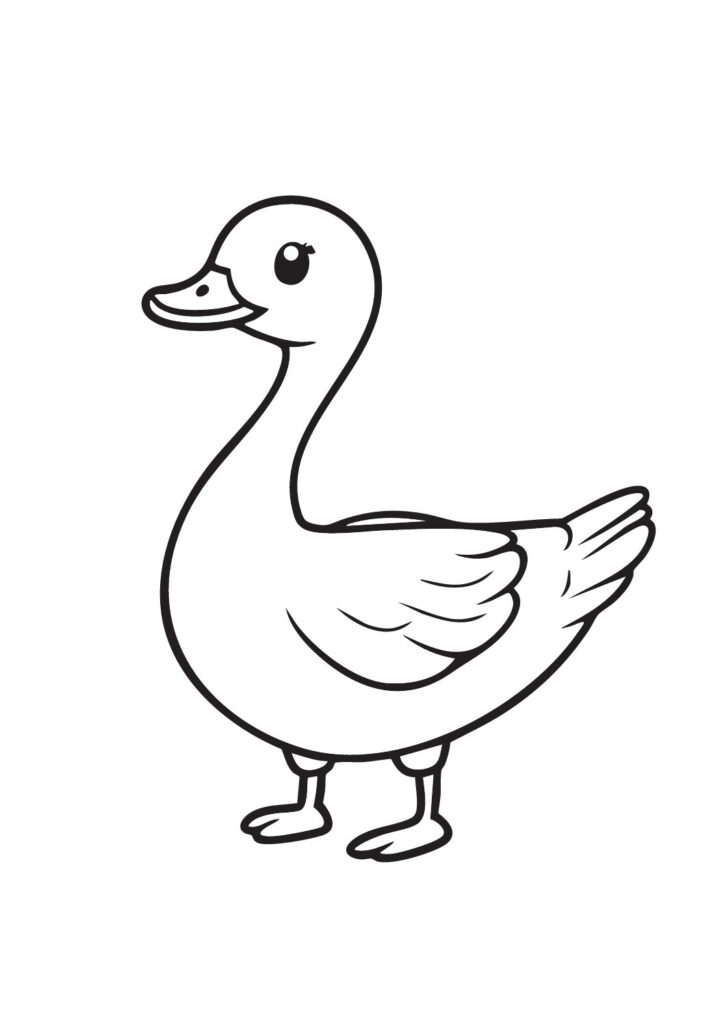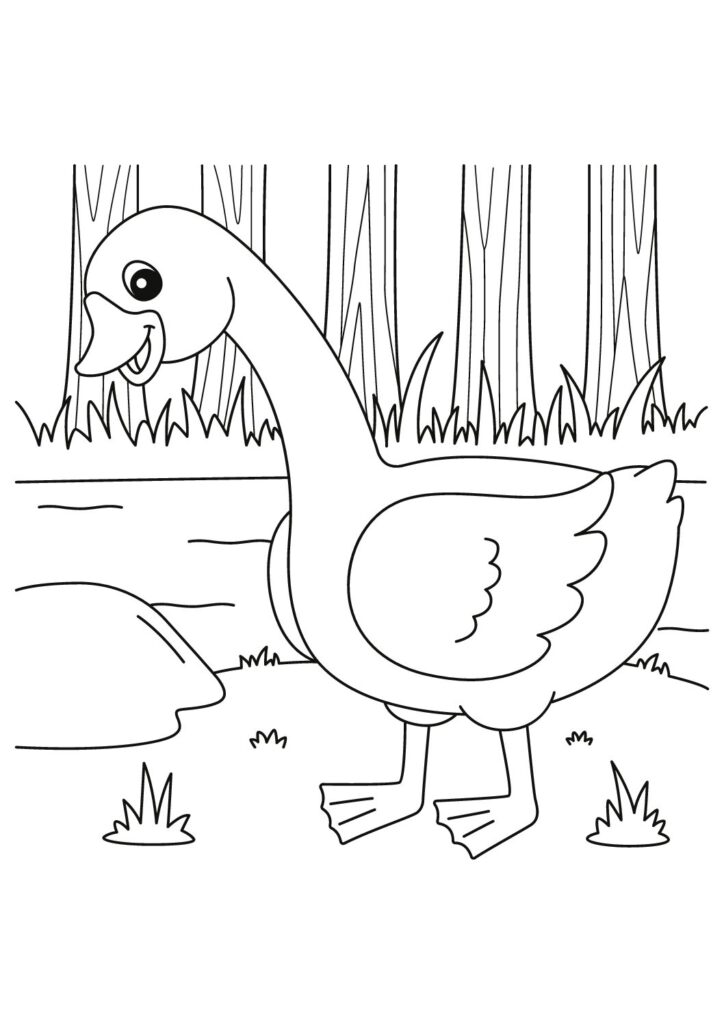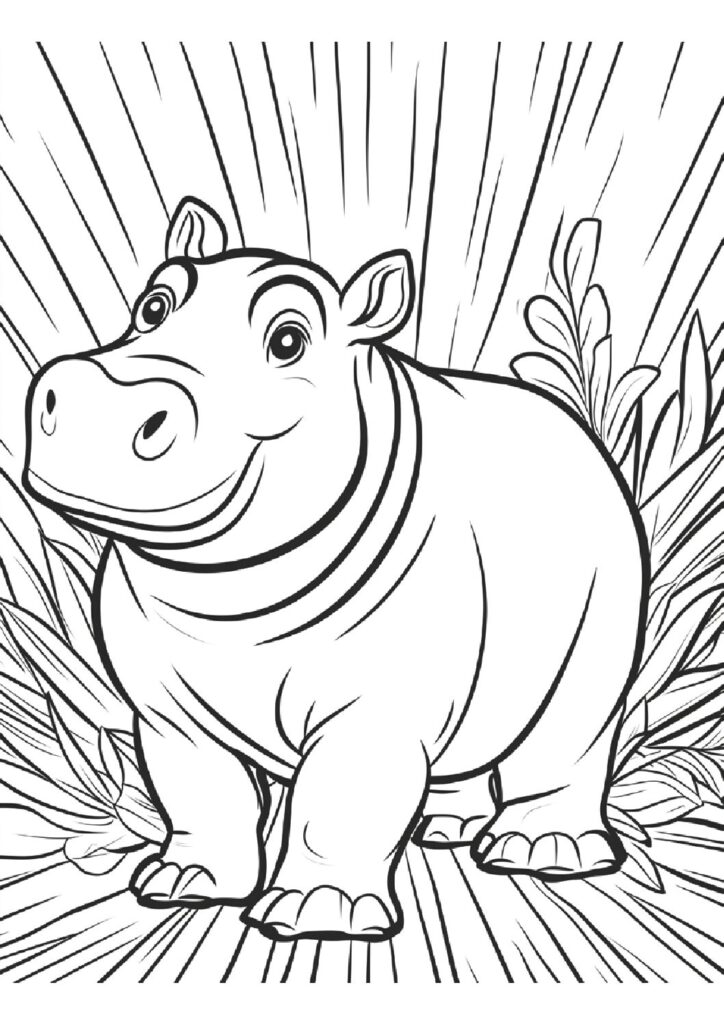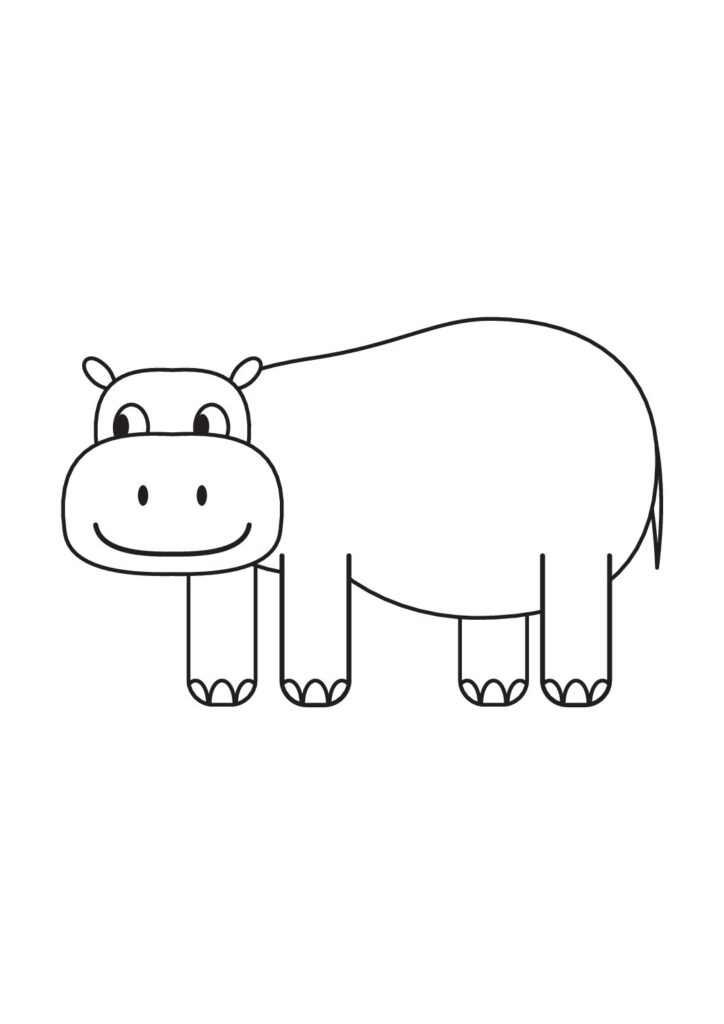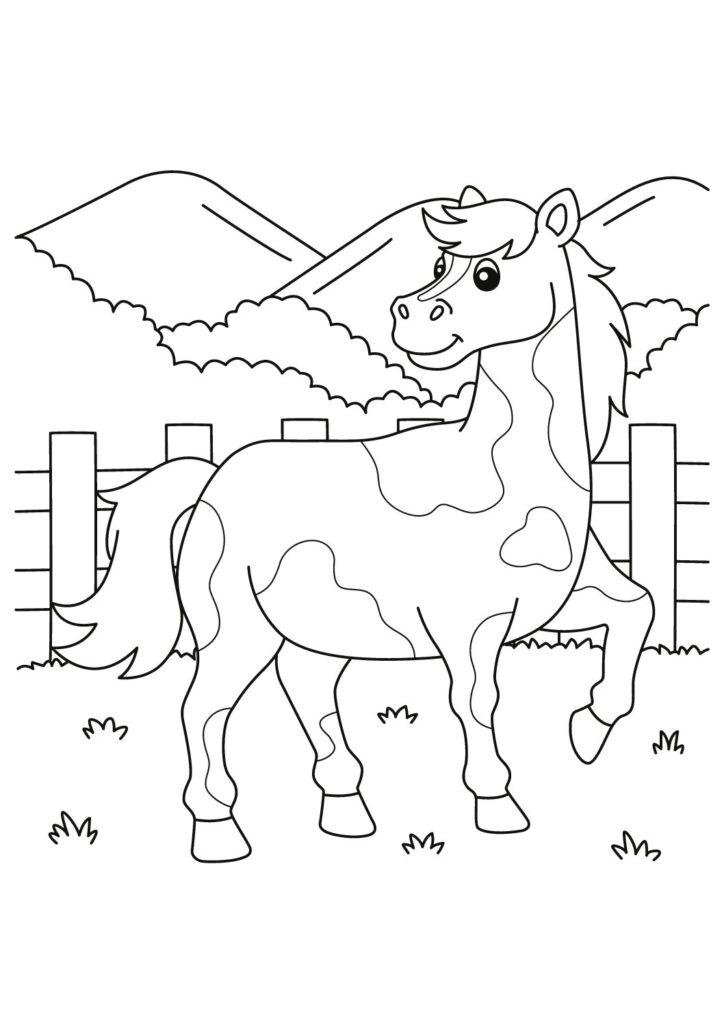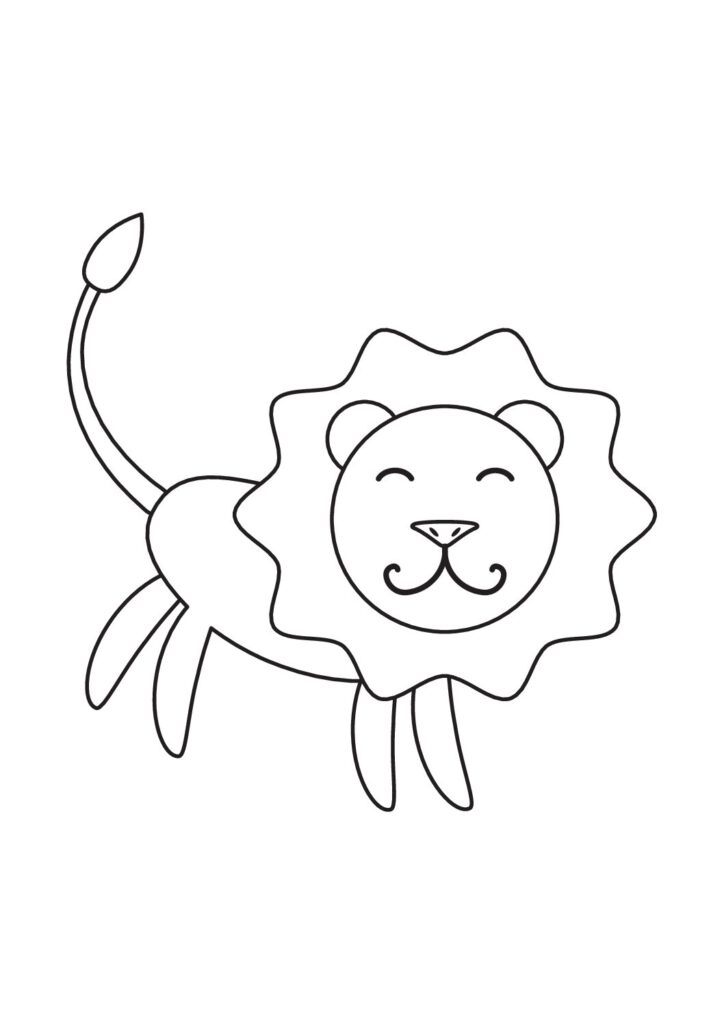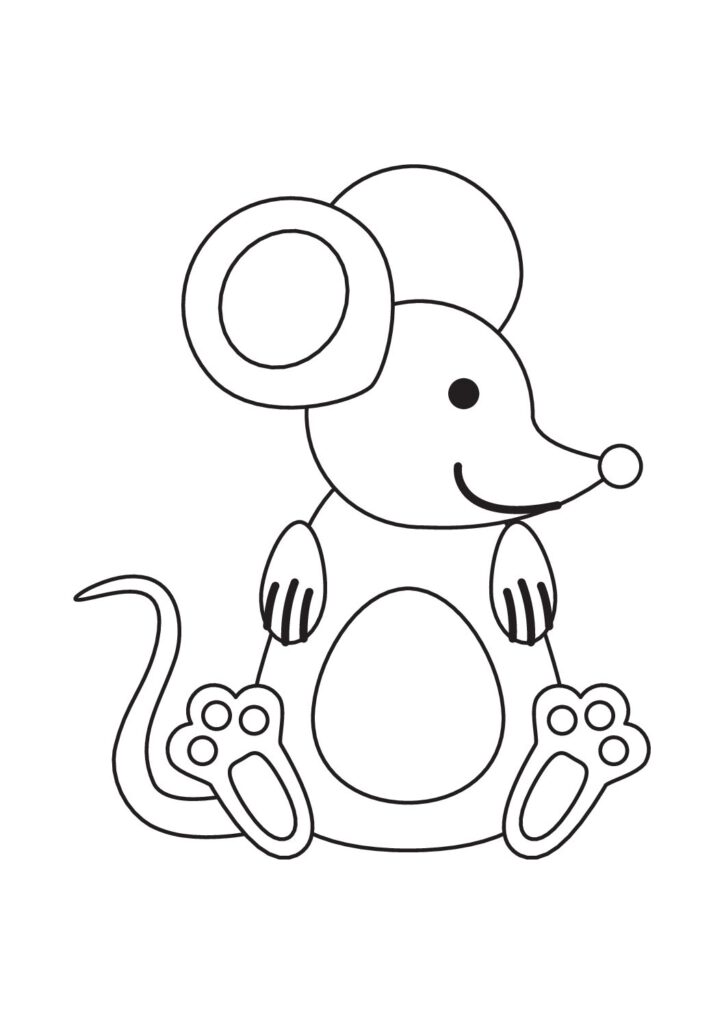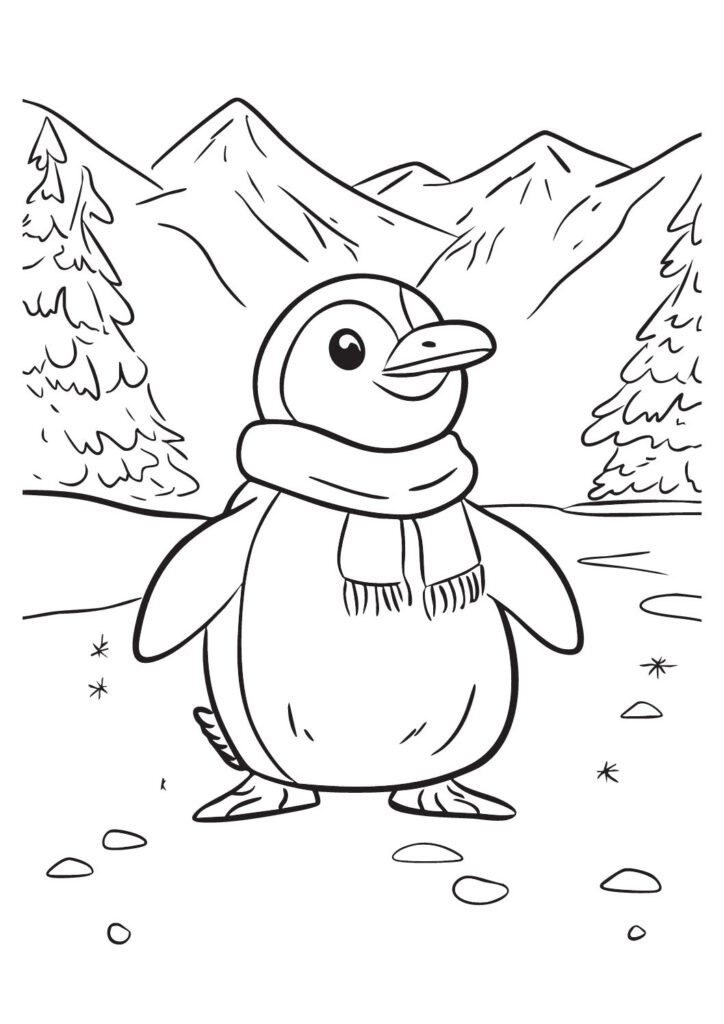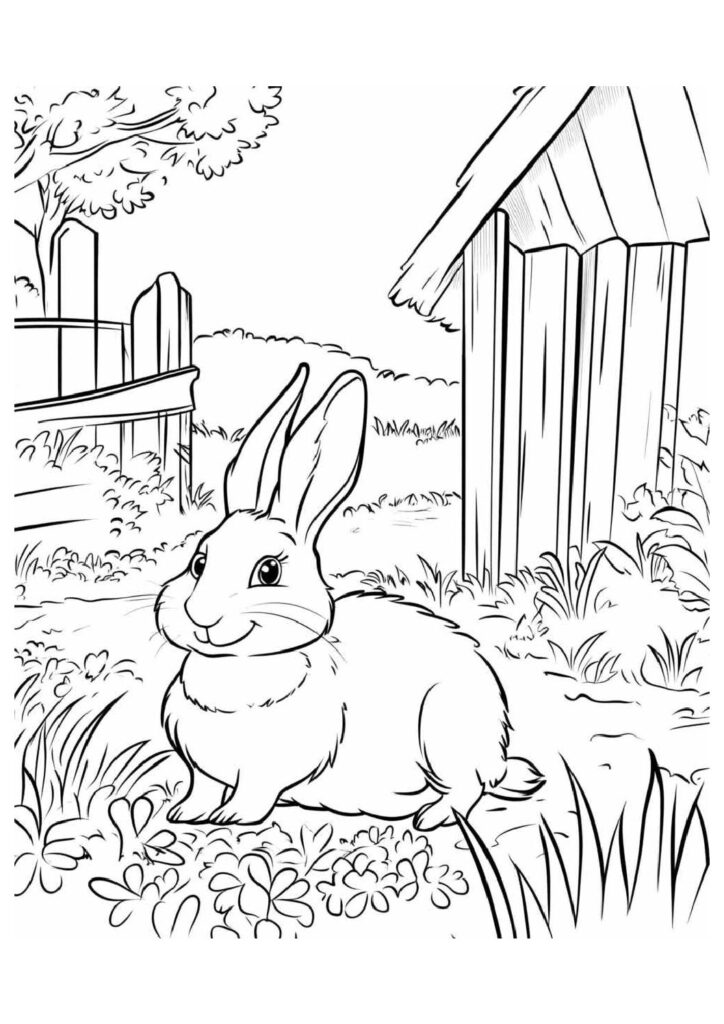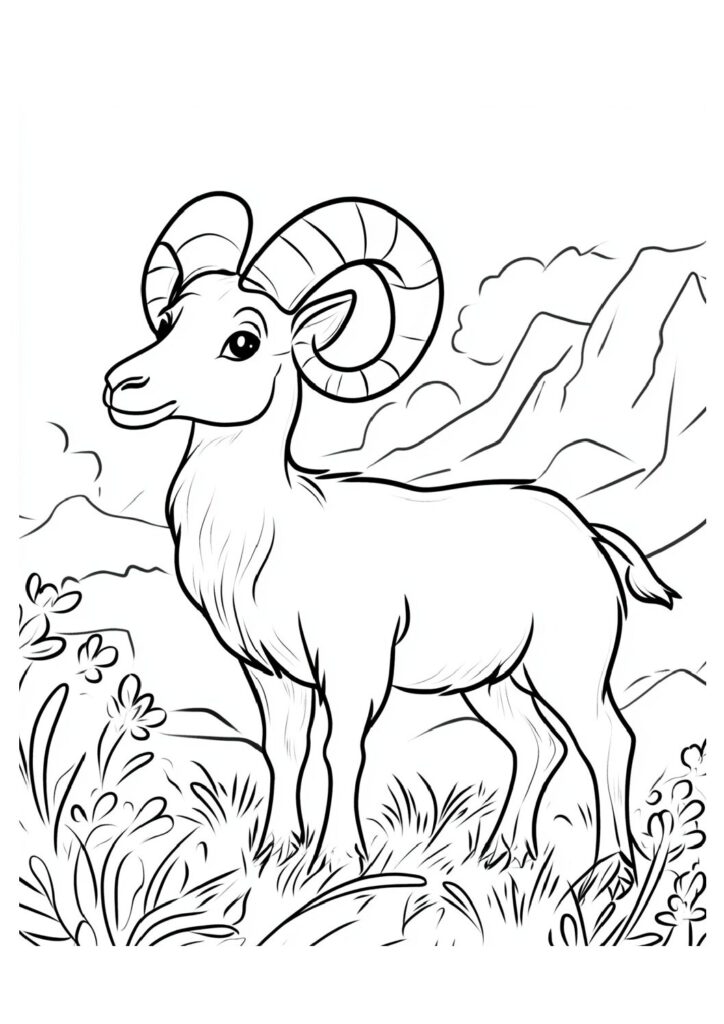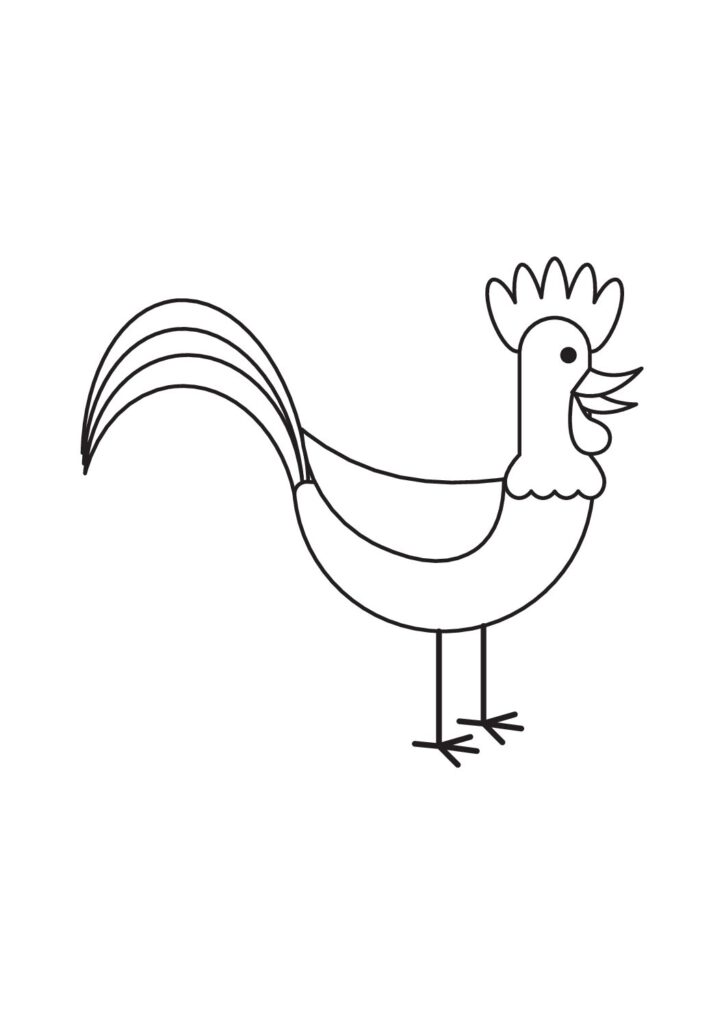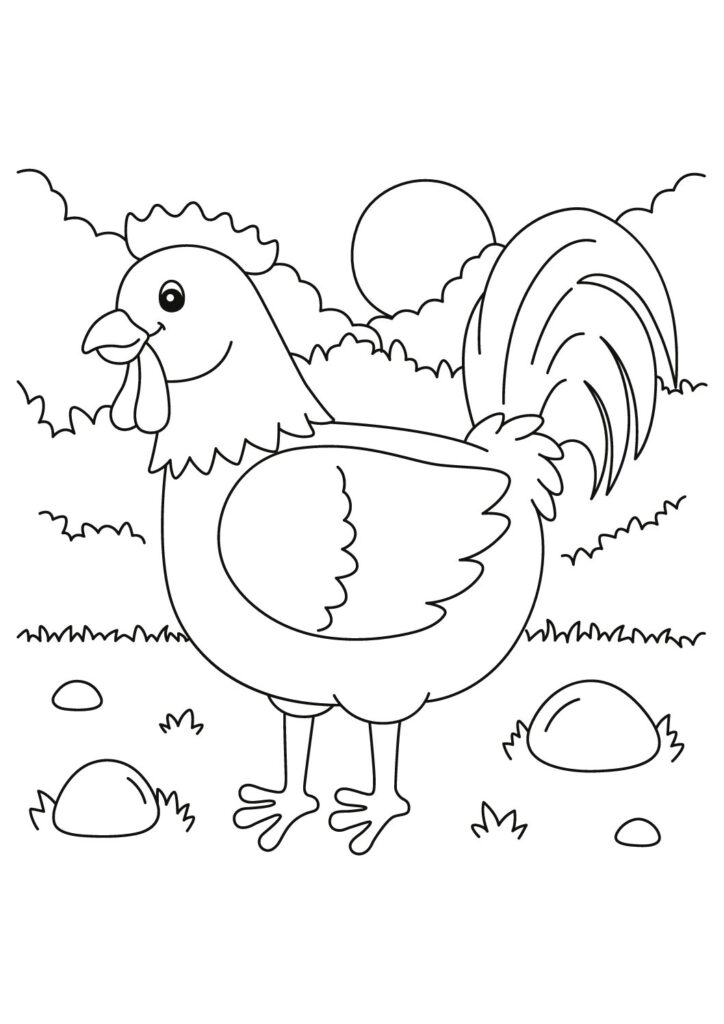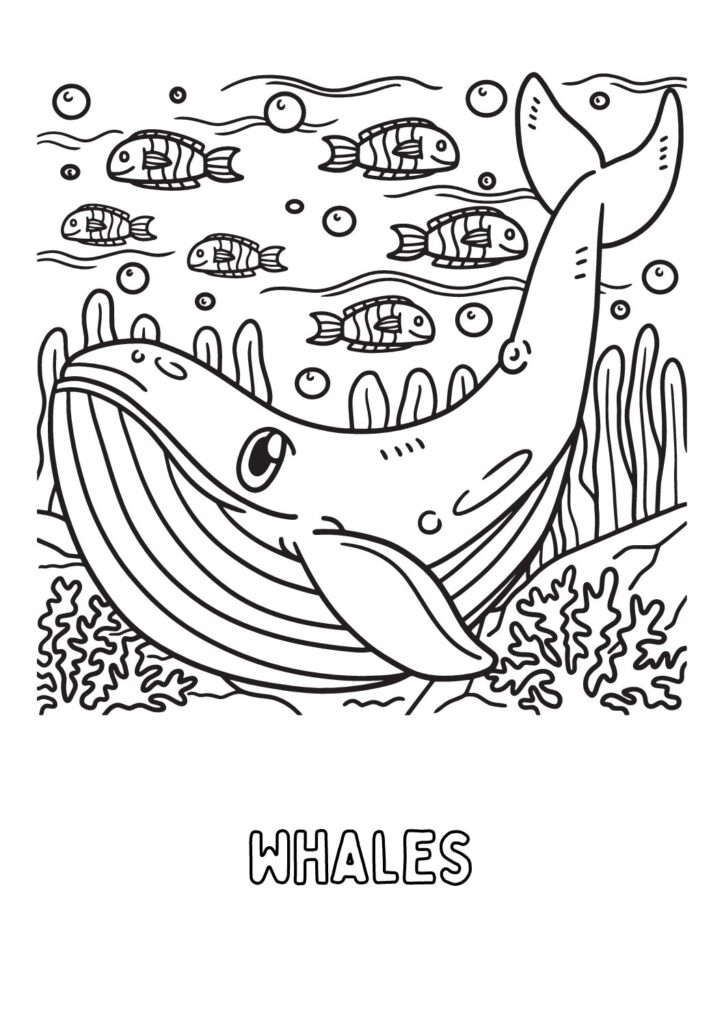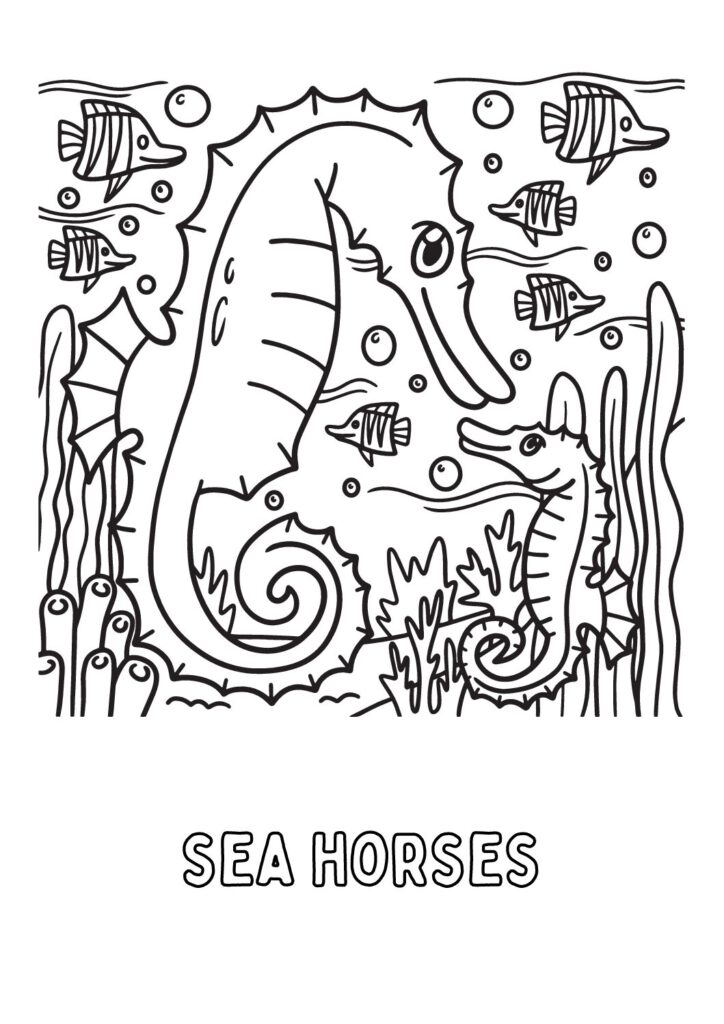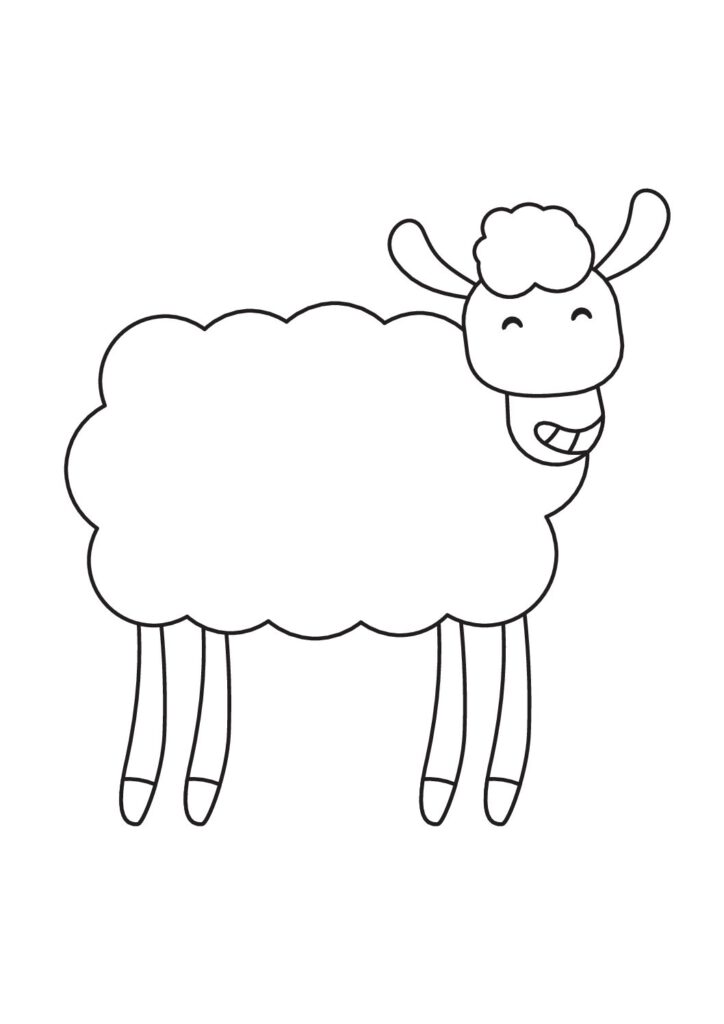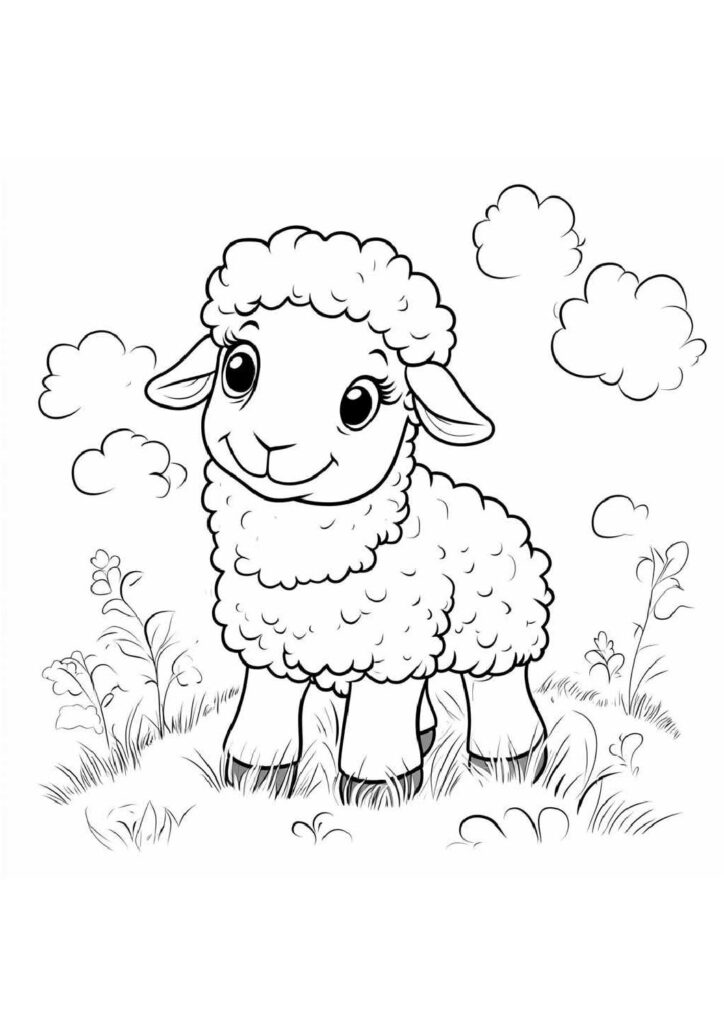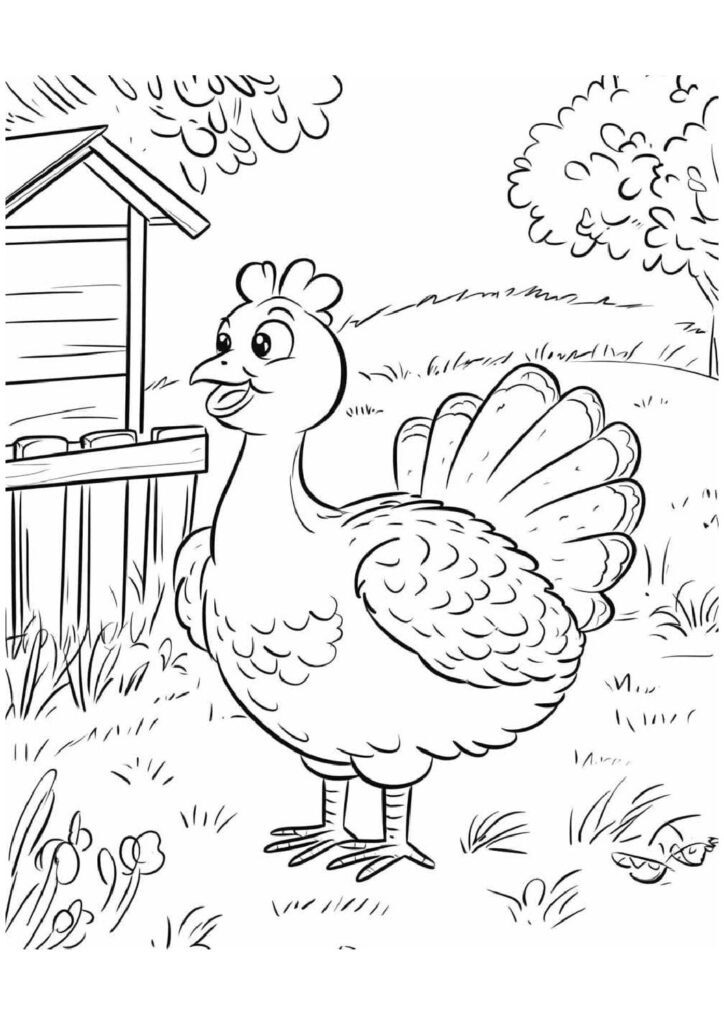Animal Coloring Pages
Discover our incredible collection of 2000+ free animal coloring pages! Download and print high-quality sheets featuring wild animals, farm animals, pets, sea creatures, and exotic wildlife. Perfect for nature lovers of all ages, from preschoolers to adults. Each detailed illustration brings the animal kingdom to life, from majestic lions to playful dolphins!
Fascinating Animal Facts: The Ultimate Guide to Earth's Incredible Wildlife
Introduction
Animals represent astonishing diversity with over 2 million identified species and scientific estimates suggesting between 8-20 million species remain undiscovered. From microscopic tardigrades that survive in space to blue whales exceeding 100 feet in length, the animal kingdom demonstrates remarkable adaptability across nearly every habitat on Earth, evolving specialized traits over millions of years.
Extraordinary Intelligence
Corvids (ravens and crows) demonstrate problem-solving abilities rivaling great apes, manufacturing tools, recognizing human faces, and even understanding water displacement. Octopuses possess distributed intelligence with two-thirds of their neurons located in their arms, allowing each appendage to problem-solve independently while their central brain coordinates complex behaviors, including elaborate escape techniques and tool use.
Remarkable Adaptations
The mantis shrimp possesses the most complex eyes in the animal kingdom, perceiving 12-16 color channels compared to humans’ three, while also detecting polarized and ultraviolet light. Tardigrades (water bears) can survive the most extreme conditions on Earth, including near-absolute zero temperatures, radiation levels thousands of times higher than lethal human doses, and complete dehydration for decades by entering cryptobiosis.
Migration Marvels
Arctic terns complete the longest known migration, traveling approximately 44,000 miles annually between Arctic breeding grounds and Antarctic feeding areas. Bar-headed geese fly over Mount Everest at altitudes exceeding 29,000 feet, where oxygen levels are just 33% of sea level, thanks to specialized hemoglobin that extracts oxygen more efficiently and larger wings that reduce flapping requirements.
Conservation Challenges
Earth currently experiences extinction rates 1,000 times higher than natural background rates, with habitat destruction, climate change, and pollution threatening biodiversity globally. Conservation success stories include the American bison increasing from fewer than 100 individuals to over 31,000 today, demonstrating how targeted protection efforts can reverse population declines for species on the brink.
Ecological Importance
Bees pollinate approximately one-third of human food crops, representing ecosystem services valued at $170 billion annually worldwide. Beavers function as ecosystem engineers, creating wetlands that enhance biodiversity, improve water quality, reduce flooding, and mitigate drought impacts, demonstrating how single species can transform entire landscapes for ecological benefit.
Scientific Discoveries
The discovery of extremophiles like Pompeii worms that thrive in 176°F hydrothermal vents has revolutionized our understanding of life’s potential. Axolotls’ remarkable regenerative abilities allow them to regrow entire limbs, portions of vital organs, and even brain tissue without scarring, inspiring breakthrough research in regenerative medicine with applications for human healing.
